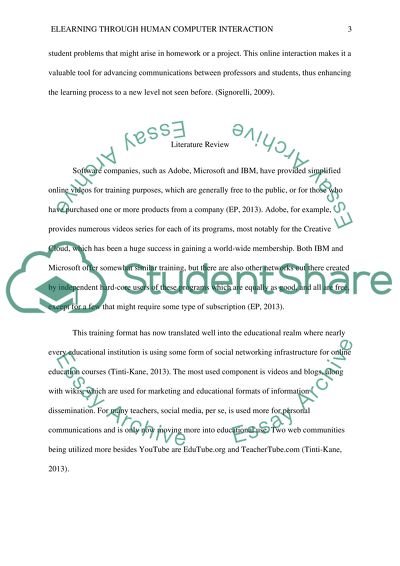Cite this document
(“Human Computer interaction: Effects of social media on e-learning Research Paper”, n.d.)
Retrieved from https://studentshare.org/design-technology/1479841-human-computer-interaction-effects-of-social-media-on-e-learning
Retrieved from https://studentshare.org/design-technology/1479841-human-computer-interaction-effects-of-social-media-on-e-learning
(Human Computer Interaction: Effects of Social Media on E-Learning Research Paper)
https://studentshare.org/design-technology/1479841-human-computer-interaction-effects-of-social-media-on-e-learning.
https://studentshare.org/design-technology/1479841-human-computer-interaction-effects-of-social-media-on-e-learning.
“Human Computer Interaction: Effects of Social Media on E-Learning Research Paper”, n.d. https://studentshare.org/design-technology/1479841-human-computer-interaction-effects-of-social-media-on-e-learning.


